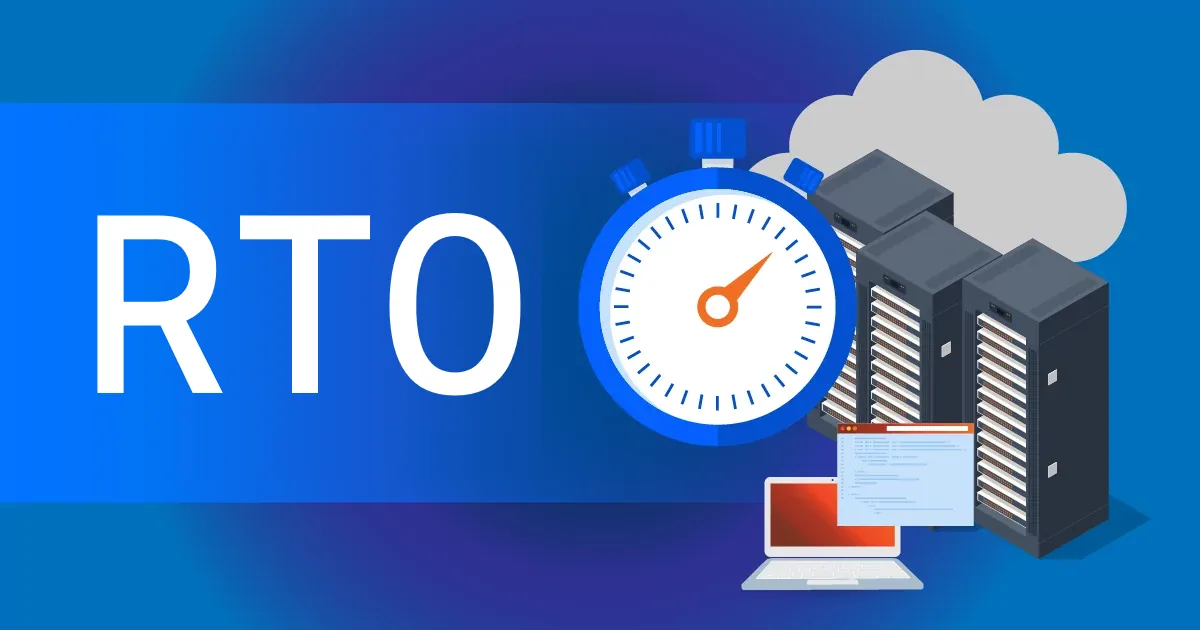Netumo has launched a RESTful monitoring service to continue building on its strength in the monitoring of different online services.
Current web applications have changed in recent years. In the past, a website was built using traditional code methods where the backend logic outputted HTML code which was then rendered in web browsers. In todays’ more modern web applications the site backend outputs more computer-readable structures, which are then consumed by UI frameworks and displayed in the browser.
Hence the need has arisen to start monitoring RESTful APIs such that DevOps and Engineers can really understand what’s happening in their platform and can immediately take action in case of any issues or slowness in their services.
RESTful monitoring is very similar to website monitoring however the configuration is more technical as it allows to configure specific parameters in the HTTP/S protocol which are not required to watch a traditional website. In addition to this, RESTful monitoring supports authentication and authorization enabling engineers to monitor services that are behind authentication. Several formats are supported namely Basic, Digest, and also Bearer tokens such as OAuth, OAuth2, and Java Web Tokens (JWT). Netumo also supports custom-based API tokens.
For more information how Netumo monitors RESTful APIs please visit this help link.
Want to try the Netumo monitoring? As part of the Free Netumo plan you have the option to create 1 RESTful monitor apart from 1 website monitor, so go ahead and sign up for free.



